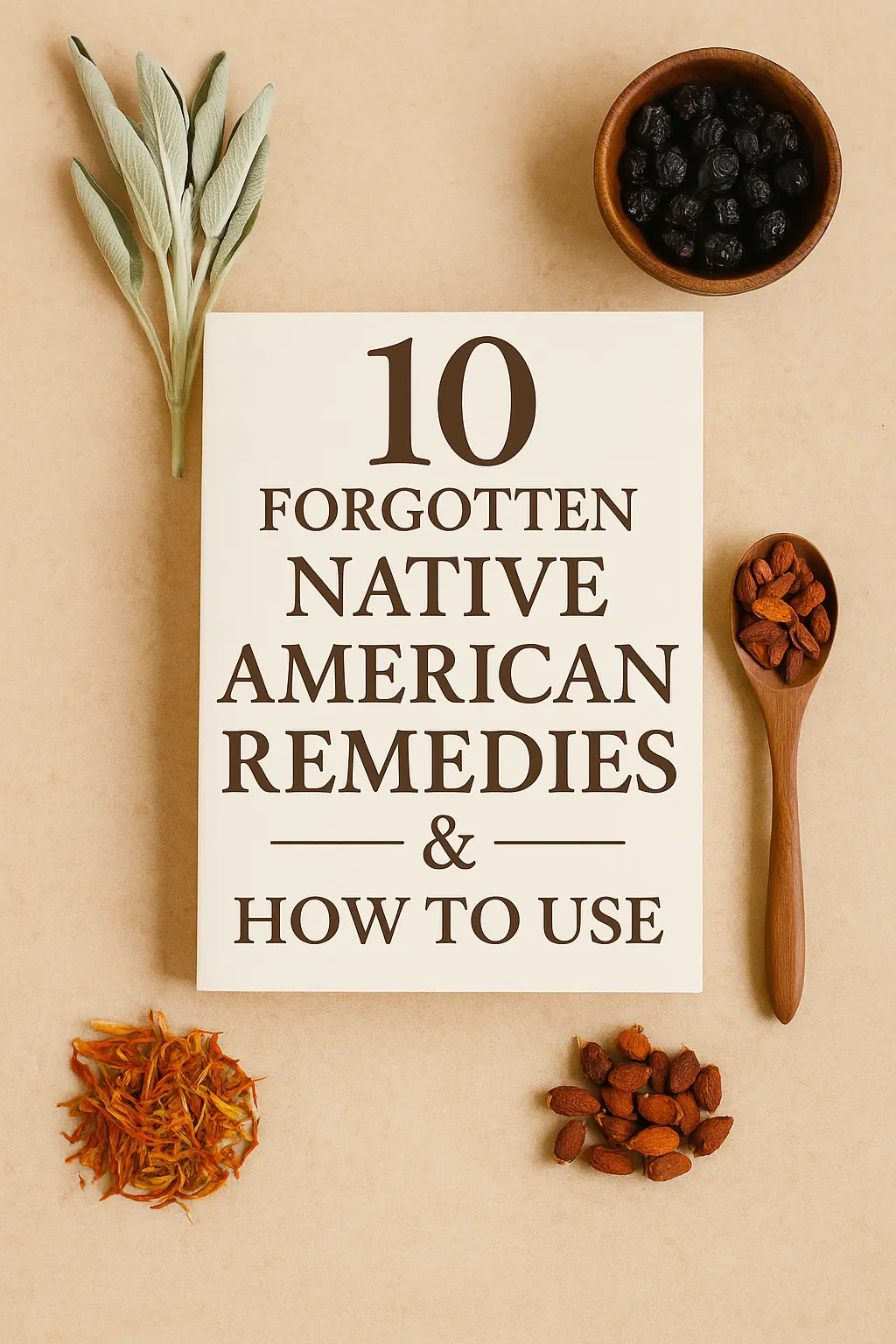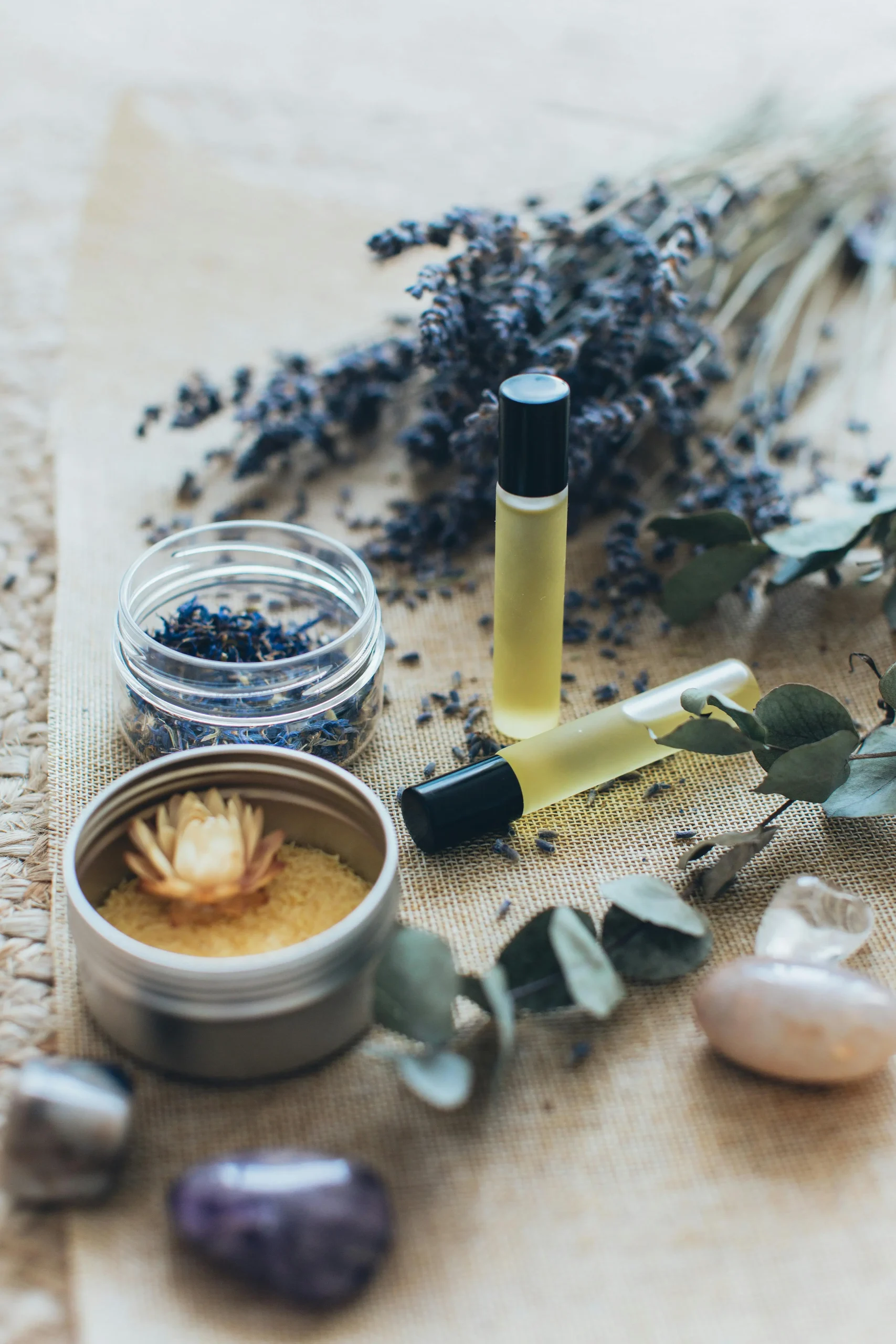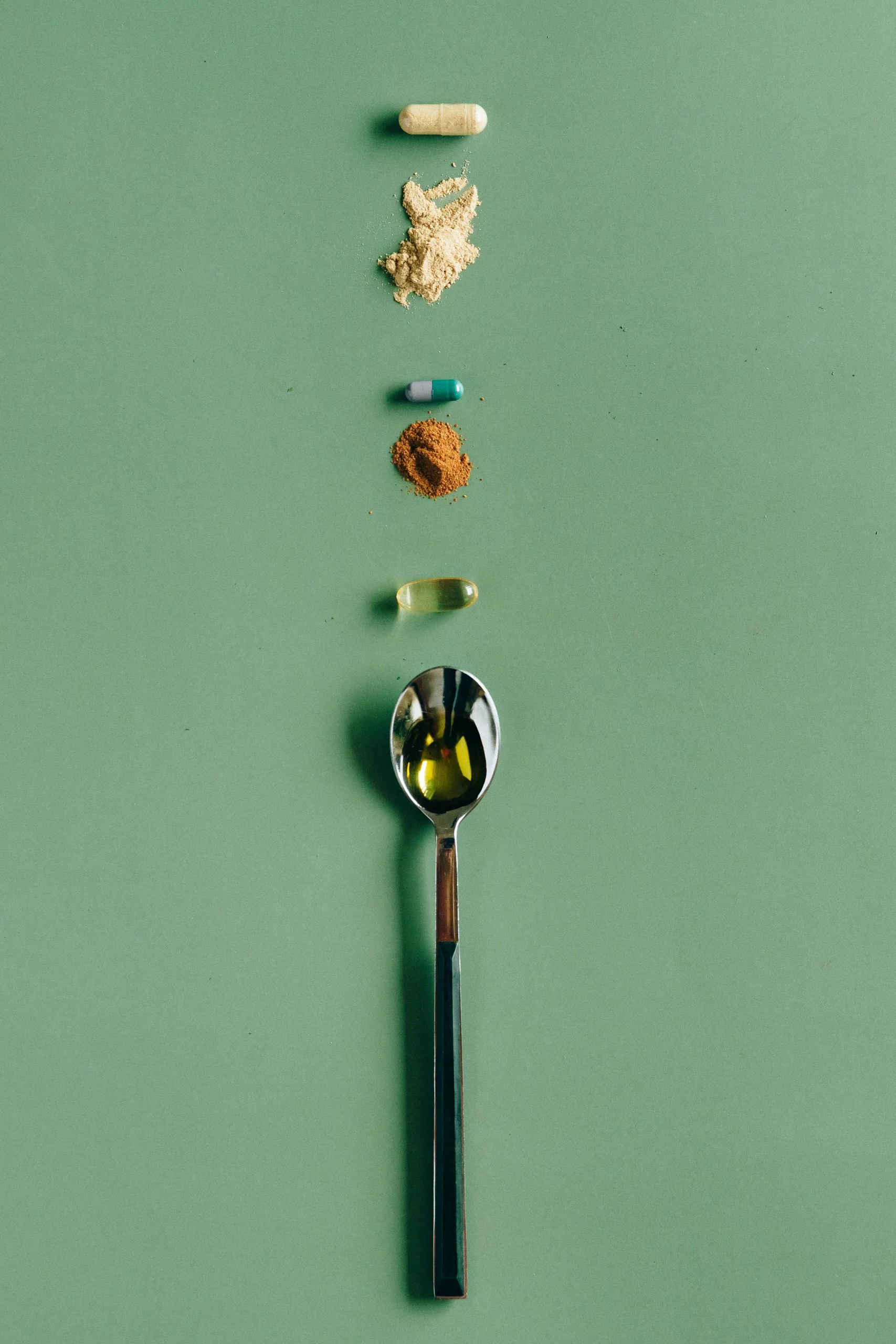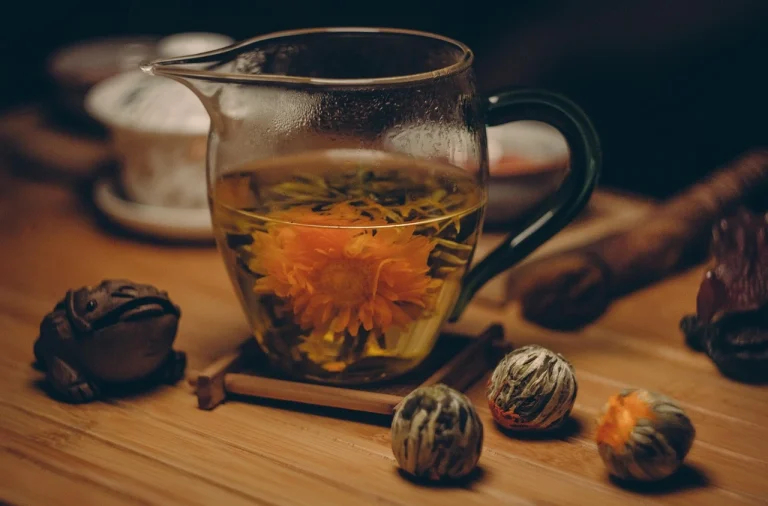Reconnecting with Native American Herbal Treatments
Have you ever paused to think about how our ancestors treated illness without modern medicine? Long before pharmacies existed, Native American herbal treatments were the primary way many tribes cared for their people. These remedies weren’t just physical cures—they were spiritual tools, passed down through storytelling, rituals, and hands-on experience with the land.

If you’ve been seeking a more natural, grounded approach to wellness, you’ll find immense value in rediscovering these Native American herbal treatments. Though some of them have faded from mainstream memory, they still offer powerful, accessible healing that you can learn to use in your daily life.
The Healing Philosophy Behind Native American Herbal Treatments
A Holistic Path to Health
Native American tribes approached healing through balance—treating the physical body, calming the emotional mind, and honoring the spiritual soul. Unlike today’s one-size-fits-all approach, Native American herbal treatments were tailored to the individual and guided by deep respect for nature.
What Sets These Remedies Apart?
-
Holistic care – You’re not just treating symptoms; you’re restoring harmony
-
Ritual and spirituality – Many herbs were used during ceremonies and healing rites
-
Relationship with plants – Healers believed plants had spirits and consciousness
These foundational beliefs are what made Native American herbal treatments both sacred and effective.
10 Forgotten Native American Herbal Treatments & How to Use Them
Let’s explore 10 powerful Native American herbal treatments, each with its traditional use, cultural background, and practical application today.

🌿 1. Yarrow (Achillea millefolium)
Use: Stops bleeding, reduces inflammation, supports immune system
Tribes: Blackfoot, Cherokee
Application:
-
Apply crushed leaves directly to cuts or wounds
-
Brew tea to help fight off colds or reduce fever
Yarrow remains one of the most accessible Native American herbal treatments for first aid and immune health.
🌿 2. Mullein (Verbascum thapsus)
Use: Clears lung congestion, soothes cough
Tribes: Navajo, Hopi
Application:
-
Make tea with dried leaves for bronchial support
-
Use smoked leaves (ceremonial use) for respiratory cleansing
This remedy is a cornerstone of respiratory-focused Native American herbal treatments.
🌿 3. Wild Cherry Bark (Prunus serotina)
Use: Calms persistent coughs, eases bronchitis
Tribes: Iroquois, Delaware
Application:
-
Create a bark decoction (boil gently for 15–20 mins)
-
Sweeten with honey for homemade cough syrup
This powerful bark is still one of the most respected Native American herbal treatments for respiratory illness.
🌿 4. Goldenseal (Hydrastis canadensis)
Use: Natural antibacterial, healing wounds, oral infections
Tribes: Cherokee
Application:
-
Use powdered root as a wound wash
-
Brew tea for mouth sores or eye wash (cool first)
Use cultivated sources only to ensure ethical use of this Native American herbal treatment.
🌿 5. Sweet Flag (Acorus calamus)
Use: Soothes digestion, sharpens focus
Tribes: Cheyenne, Omaha
Application:
-
Chew a small root piece or brew into tea
-
Use during stressful situations to calm nerves
Among calming Native American herbal treatments, sweet flag is known for grounding the body and mind.
🌿 6. Black Cohosh (Actaea racemosa)
Use: Eases menstrual pain, supports women’s health
Tribes: Algonquin, Cherokee
Application:
-
Take as a tincture during menstrual cramps
-
Combine with raspberry leaf for enhanced effect
A standout among Native American herbal treatments for women, black cohosh is still widely used today.
🌿 7. Plantain Leaf (Plantago major)
Use: Treats bites, draws out toxins, accelerates healing
Tribes: Iroquois, Lakota
Application:
-
Mash fresh leaves into a poultice and apply to affected area
-
Infuse in oil to make healing salve
Plantain is a versatile staple in Native American herbal treatments for skin and wound care.
🌿 8. Wild Bergamot (Monarda fistulosa)
Use: Digestive relief, sore throat treatment
Tribes: Ojibwe, Menominee
Application:
-
Brew leaves and flowers into tea
-
Use cooled tea as a mouth rinse for gum pain
Wild bergamot is both aromatic and effective, making it a multi-use gem in Native American herbal treatments.
🌿 9. Sage (Salvia apiana / Artemisia spp.)
Use: Respiratory support, cleansing ritual
Tribes: Lakota, Navajo, many others
Application:
-
Burn for smudging and spiritual purification
-
Brew as a tea to ease colds and congestion
This herb bridges physical and spiritual healing in Native American herbal treatments.
🌿 10. Juniper Berries (Juniperus communis)
Use: Detoxification, urinary tract support
Tribes: Apache, Navajo
Application:
-
Simmer berries to create a cleansing tea
-
Use in small doses, no long-term use
Juniper is a strong diuretic and should be used cautiously among Native American herbal treatments.
👉 Want to explore even more ancestral remedies? Check out Medicinal Garden Kit>—a powerful resource filled with forgotten medicinal recipes, survival foods, and holistic healing traditions that pair perfectly with your home apothecary.
📊 Summary Table – Native American Herbal Treatments

| Remedy | Uses | Preparation | Tribe(s) |
|---|---|---|---|
| Yarrow | Wounds, immunity | Tea, poultice | Blackfoot, Cherokee |
| Mullein | Cough, lungs | Tea, smoked | Navajo, Hopi |
| Wild Cherry Bark | Cough, bronchitis | Decoction | Iroquois, Delaware |
| Goldenseal | Infection, oral care | Powder, infusion | Cherokee |
| Sweet Flag | Digestion, stress relief | Tea, chewed root | Cheyenne, Omaha |
| Black Cohosh | Menstrual cramps | Tincture, tea | Algonquin, Cherokee |
| Plantain Leaf | Skin healing | Poultice, oil infusion | Iroquois, Lakota |
| Wild Bergamot | Stomach issues, mouth pain | Tea, mouth rinse | Ojibwe, Menominee |
| Sage | Cold, spiritual cleansing | Tea, smudging | Many Tribes |
| Juniper Berries | Detox, kidney function | Tea | Apache, Navajo |
Using Native American Herbal Treatments Safely
When working with any herbal remedies, especially Native American herbal treatments, it’s important to honor their origins and handle them responsibly.

Best Practices:
-
Source ethically: Choose organic or cultivated herbs—especially for endangered ones like goldenseal
-
Research dosage: Many of these herbs are potent and should be used with caution
-
Know interactions: Always cross-reference herbs with any medications or health conditions
-
Use respectfully: These remedies are cultural treasures. Avoid commercial exploitation.
FAQ – Native American Herbal Treatments
Are Native American herbal treatments still relevant today?
Absolutely. Many are still used by Indigenous healers and herbalists around the world. They offer time-tested solutions for common ailments.
Can I prepare these remedies at home?
Yes, with proper research and tools. Many Native American herbal treatments can be made into teas, tinctures, or poultices.
Are these remedies safe for everyone?
Most are safe when used appropriately. However, pregnant women, children, or people on medications should consult a professional.
What’s the most versatile Native American remedy?
Plantain and yarrow are widely considered safe, effective, and multifunctional.
How can I deepen my understanding of these treatments?
Seek out Indigenous-led herbal programs, books by Native authors, or ethical herbalist courses that teach respect for tradition.
📣 Ready to take your herbal healing deeper?
Discover the forgotten wisdom in Medicinal Garden Kit—a curated collection of healing plants and time-tested remedies for natural wellness and emergency preparedness.
Conclusion – Embracing Native American Herbal Treatments Today
You’ve just explored 10 powerful Native American herbal treatments that have supported health and balance for generations. These remedies aren’t just plants—they’re part of a living, breathing tradition of healing that respects nature and honors the body.
As you begin to integrate these practices into your life, remember: true healing goes beyond the physical. It’s about reconnecting—with the land, with tradition, and with your own intuition.
Use these Native American herbal treatments with reverence and care, and they’ll serve you for years to come.
🌿 Recommended Resource
If you’re passionate about DIY herbal healing and want to expand your knowledge, don’t miss Medicinal Garden Kit.It’s packed with over 100 forgotten remedies, immune-boosting recipes, and powerful survival foods that complement everything you’ve just learned in this guide.

